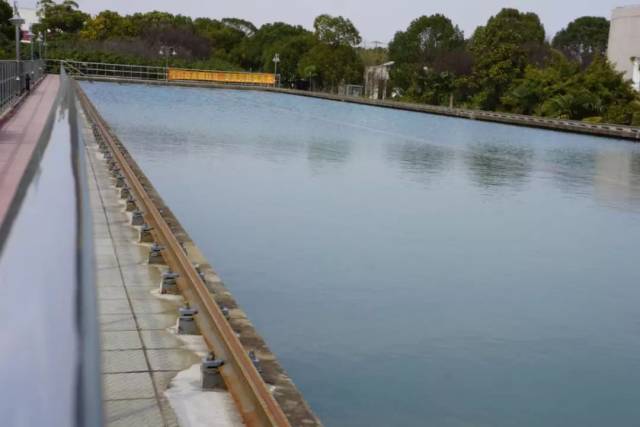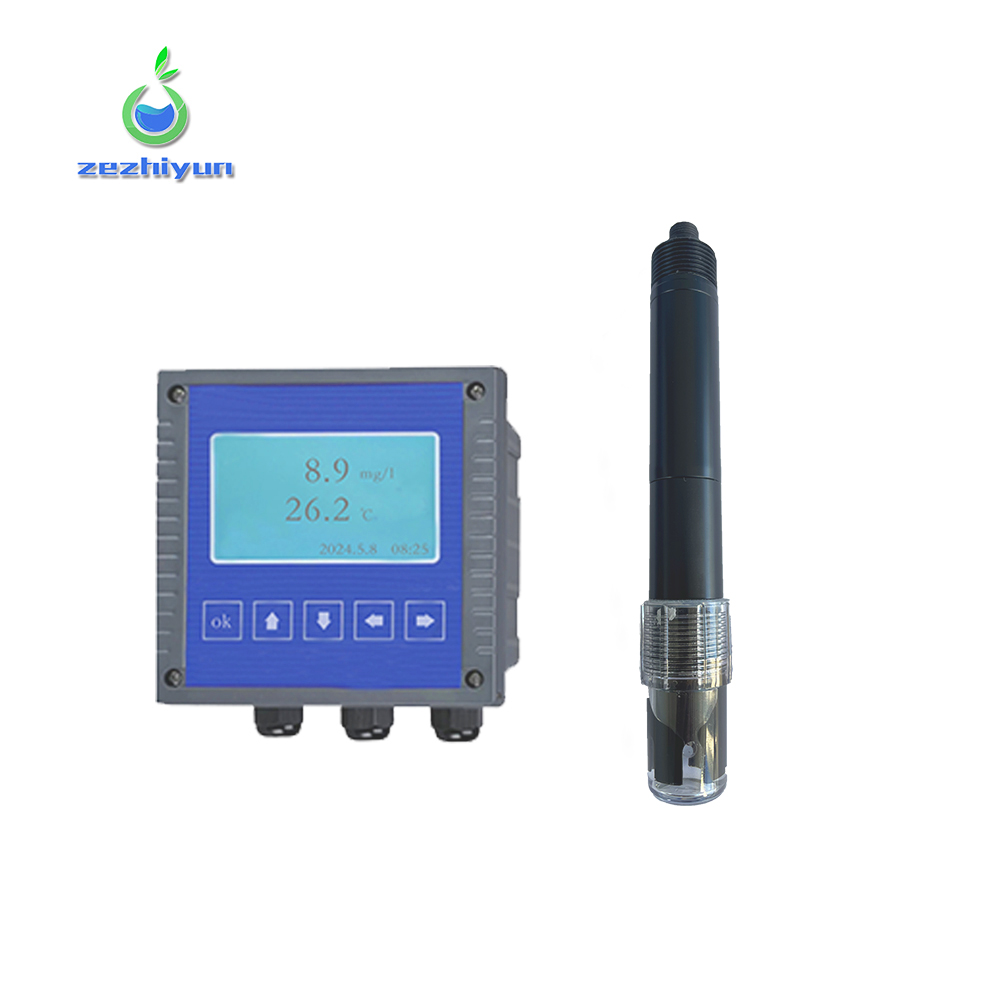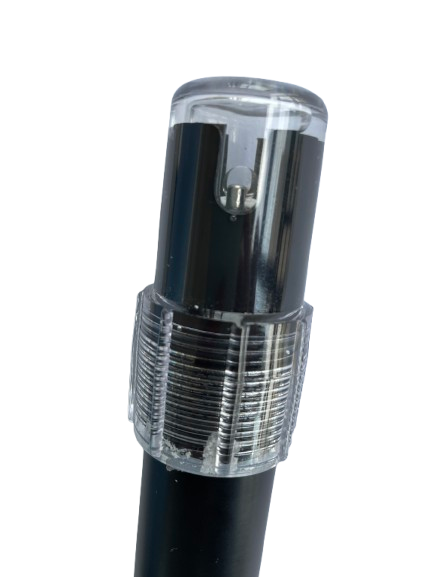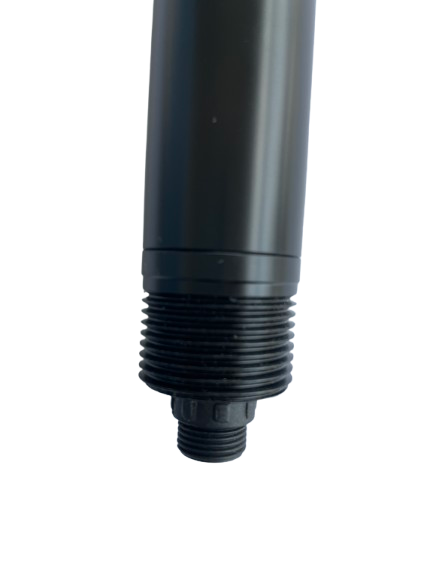Overview
Most natural water is neutral to weakly alkaline, with a pH of 6.0-9.0. The pH of fresh water is usually 6.5-8.5. The pH of some soda lake water can reach 9.0-9.5, and some may be higher. Photosynthesis and respiration of aquatic organisms can cause changes in water pH. Since the intensity of photosynthesis and respiration in water is significantly different in time and space, the pH value also has obvious daily changes and vertical stratification phenomena, and is obviously related to O2, CO2, HCO3-, CO32-, and water temperature. Relevance. In water bodies with large animal and plant biomass, the pH of surface water has obvious daily changes. The pH is lower in the morning at dawn and higher at noon and afternoon.

Second, when the temperature rises, the carbon dioxide in the water will leave the water. The content of carbon dioxide in the water will decrease, and the pH will increase.
Third, the side effects of lime, potassium persulfate and other base modifications during the lake management process will cause soil erosion. Excessive sodium and magnesium content will also increase the pH value of the water body under suitable conditions. Alkaline nutrient lake (Suda Lake) and calcium nutrient lake are synonymous with each other. Alkaline nutrient lakes mostly contain OH- and have a pH value above 9.0, regardless of the content of alkaline substances.
Fourth, if the water body is too deep, the lowering of the water body cannot allow sufficient exchange, so the pH value below the water body will be smaller than the upper surface of the water body.

Fifth, the pH of waters with lush aquatic plants is prone to be high or even “exceed the standard.” From a spatial perspective, pH exceedances mostly occur in areas where submerged plants grow most vigorously. Areas where aquatic plants grow vigorously have stronger photosynthesis; from a time perspective, pH exceedances also mostly occur from May to October. On a sunny day, between 10:00 and 16:00, the noon period has the highest probability of occurrence. The photosynthesis of submerged plants consumes CO2 in the water. The reduction of CO2 will change the carbonic acid balance in the water, thereby causing the pH of the water to increase. Submerged plants will produce a large amount of atomic oxygen during the light reaction stage of photosynthesis, causing the DO content in the water to increase rapidly. In order to maintain the acid-base balance inside and outside the cells, plants will also expel the OH- formed in the cells out of the cells, resulting in OH- in the water. The concentration increases, which in turn causes the pH of the water body to increase, and at the same time causes calcification at the bottom of the water body.

Application;
Pharmaceutical, chemical, food and beverage, semiconductor, water and wastewater treatment industries
Details
| Measuring range | 0-14 or -999mv~999mv(ORP) |
|---|---|
| Power supply | 9-12DC ±5% |
| Output signal | RS485/Modbus |
| Calibration | 3 point calibration |
| Protection level | IP68 |
| Cable length | The default is five meters, others can be customized. |
| Operating temperature | 0-45℃ |
| Appearance material | Default acetal, others can be customized |
| Under pressure | The natural water level is within ten meters, others can be customized. |





